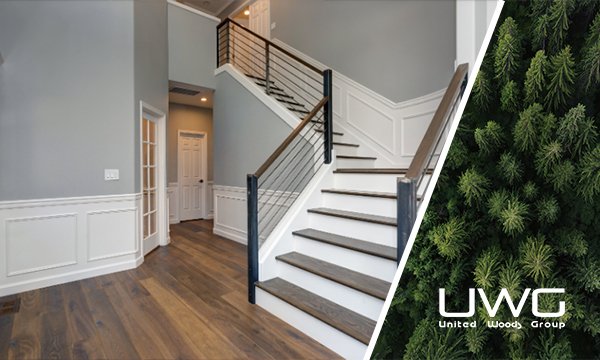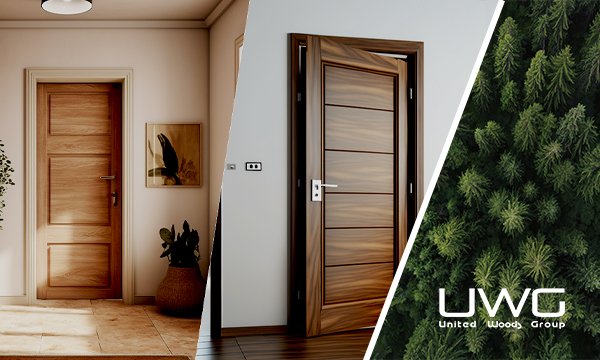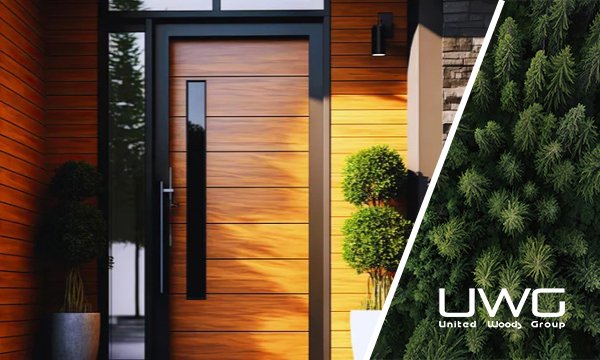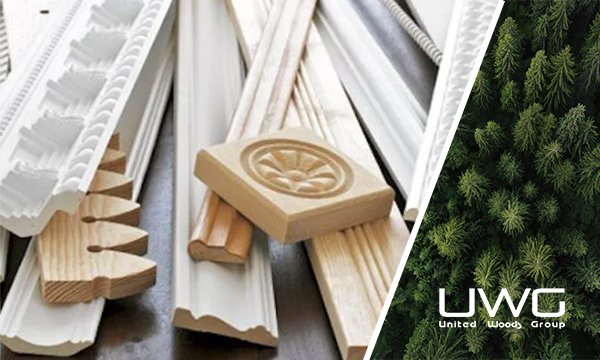Choosing the right moulding and trim for your home renovation can significantly enhance the aesthetics and value of your space. However, with various options available, making the right choice can be overwhelming. This guide will help you understand the importance of selecting high-quality moulding and trim and provide practical tips to make the best choice for your home.
To choose high-quality moulding and trim, consider the style and design of your home, the materials used, and the specific needs of each room. Hardwoods like oak and maple are durable and offer a luxurious finish, while MDF and pine provide cost-effective alternatives. Ensure consistency in style and proportion across all rooms to achieve a cohesive look.
Now that you understand the basics, let’s dive deeper into the details of selecting the perfect moulding and trim for your home.
How do I choose trim for molding?
- The trim style should be consistent with the style of your home. When deciding which type of trim you want, consider the area where you want to use it, as well as the color and material. Also, ensure that it’s in proportion to the size and shape of the room.

What is the best type of baseboard molding?
- Hardwoods like oak and maple are excellent choices for baseboard materials if seeking wood baseboards that can be stained. Hardwoods take stain and varnish well but are significantly more expensive than jointed pine and MDF. Hardwoods are popular as baseboards because of their durability. Is there a difference between trim and molding?
- Molding is a type of trim. Outside of that distinction, the difference between trim and molding is small. Trim is a general term describing the material used around doors, windows, between different floor types, walls, and ceilings. Molding is a more grand, decorative version of trim.

How do I figure out how much moulding I need?
- Determine the perimeter of your room by adding the length and width measurements together and multiplying by two. Measure the width of each archway and doorway, and add together. Subtract the total of the doorway widths from the room perimeter to determine the total required length of wall trim and quarter round molding.

High-Quality Moulding & Trim for Wood
- When selecting moulding and trim for wood, prioritize materials that complement the wood’s natural appearance. Hardwoods are ideal for staining and varnishing, ensuring a seamless blend with wooden elements in your home.

Modern Interior Trim Ideas
- Explore modern interior trim ideas that can add a contemporary touch to your home. Minimalistic designs with clean lines and subtle detailing are popular choices for modern homes. Interior House Trim Styles
- There are various interior house trim styles to choose from, including colonial, craftsman, and contemporary styles. Select a style that aligns with your home’s architecture and personal preferences.

Types of Trim Molding
- Trim molding comes in different types, including crown molding, baseboards, and window and door casings. Each type serves a specific purpose and adds a unique touch to your home’s interior design.

Simple Interior Trim Ideas
- If you prefer a simple and understated look, consider interior trim ideas that focus on functionality and elegance. Simple trims can enhance your home’s aesthetics without overwhelming the space.

Types of Molding Materials
- Molding materials range from hardwoods to MDF and polystyrene. Each material has its own set of advantages and drawbacks. Choose a material that fits your budget and design requirements.

Summary
Choosing high-quality moulding and trim can transform your home renovation project. By considering the style, materials, and specific needs of each room, you can achieve a cohesive and aesthetically pleasing result. Don’t forget to measure accurately and explore different styles and materials to find the perfect fit for your home.








